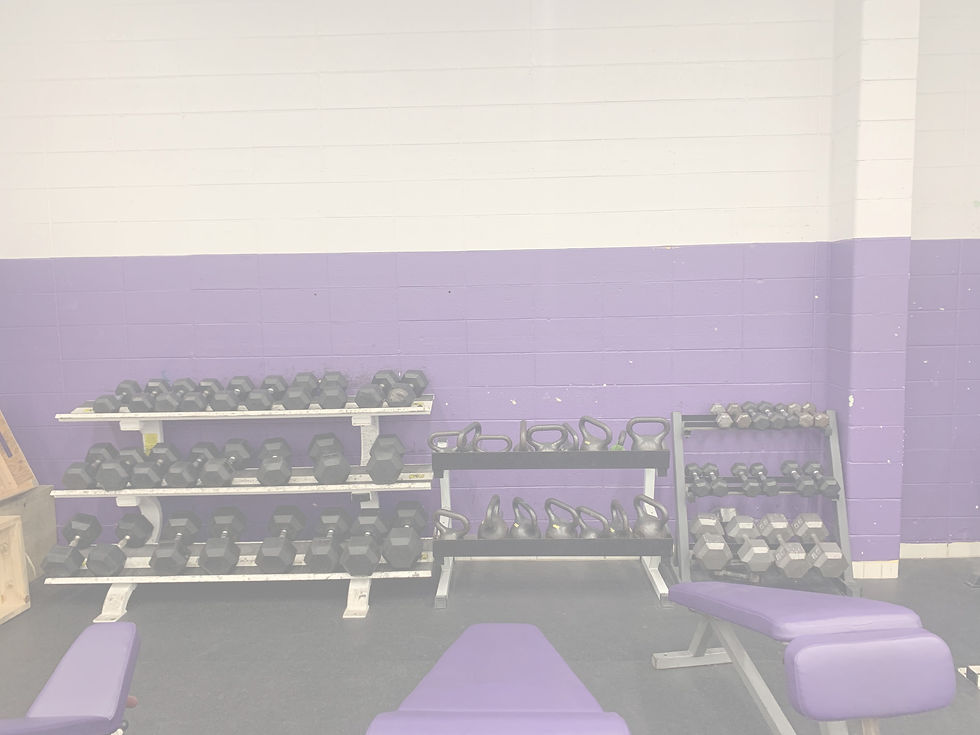Healthy Lifestyle
- kmmurphy8
- Mar 28, 2022
- 3 min read
"Back in the Game" article three
As we have discussed so far, sports have a wide variety of benefits for kids, and one of the most important benefits derive from developing a healthy lifestyle. Sports positively impact people of all ages, and as we see with kids, they will learn habits that can improve their physical and mental health.
The physical health benefits of physical activity depend on the type of activity, intensity, and duration. Exercises can improve your cardiovascular and respiratory function, bone strength, or muscles and flexibility (Sothern, M S et al.). It is important to get your body moving in whatever way that is best for you! Physical exercise is “aimed primarily at improving health and physical capacity.” (Malm, Christer et al.). As we jump into spring and summer, walking or going for a bike ride with the family, playing tennis at the park, or a round of disc golf with friends are great ways to exercise. It is important to have a continuous pattern of physical activity, rather than just a one time exercise.
Youth sports provide the space for kids to be involved. They meet friends with similar interests, and learn how to work as a team. Youth athletes create a new identity for themselves at school and learn to build a sense of appreciation and friendship for their new teammates. Through physical activity, kids will strengthen their self-esteem, improve their social skills, memory, and even creative thinking (Malm, Christer et al.). Research shows that kids that are physically active have improved energy levels, mood, and mental performance, and better concentration. Further, physical activity has been connected to reducing anxiety, lowering depression, lessening stress and diminishing tension (Sothern, M S et al.).
These skills translate back into the classroom as sports set the foundation for communication, goal setting, and determination. At practice, when kids are memorizing plays, repeating drills, or learning a new technique, they are honing important skill-sets to use in the classroom (MU Health). As they develop these skill-sets, which can be seen in their study habits of memorization of history terms, repetition of steps in a math equation, or learning something new in their science lab.

Youth sports are a catalyst for building healthy lifestyle patterns in kids. Sports provide the time for physical activity, as kids see the lifelong importance of exercise. Other healthy lifestyle patterns kids learn from sports include eating nutritious food, time management, and sleep schedules. Sports have the possibility to positively impact kids in many ways. These benefits are seen physically, mentally, and socially, which lay the foundation for kids to begin to develop a healthy lifestyle that is unique to their needs.
Here at Rising Athletes, we are looking to help athletes, parents, guardians, and community members. We will be providing a wide range of topics related to the importance of sports and resources to assist them on their athletic journey. This first series, Back in the Game: The Return to Youth Sports, will explore the many benefits of kids participating in athletics.
“Benefits of Sports for Adolescents.” Benefits of Sports - MU Health Care, www.muhealth.org/conditions-treatments/pediatrics/adolescent-medicine/benefits-of-sports.
Malm, Christer et al. “Physical Activity and Sports-Real Health Benefits: A Review with Insight into the Public Health of Sweden.” Sports (Basel, Switzerland) vol. 7,5 127. 23 May. 2019, doi:10.3390/sports7050127
Sothern, M S et al. “The health benefits of physical activity in children and adolescents: implications for chronic disease prevention.” European journal of pediatrics vol. 158,4 (1999): 271-4. doi:10.1007/s004310051070




Comments